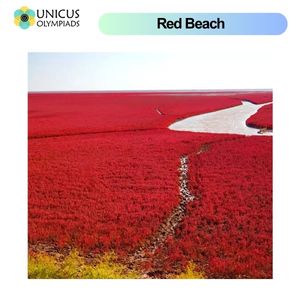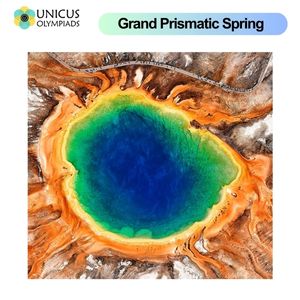

This section highlights some of the world's most visually stunning and scientifically fascinating natural locations — such as Rainbow Mountains and Red Beach — and explains what makes them stand out. These places are shaped by rare combinations of minerals, plants, and weather conditions over millions of years.




